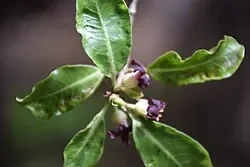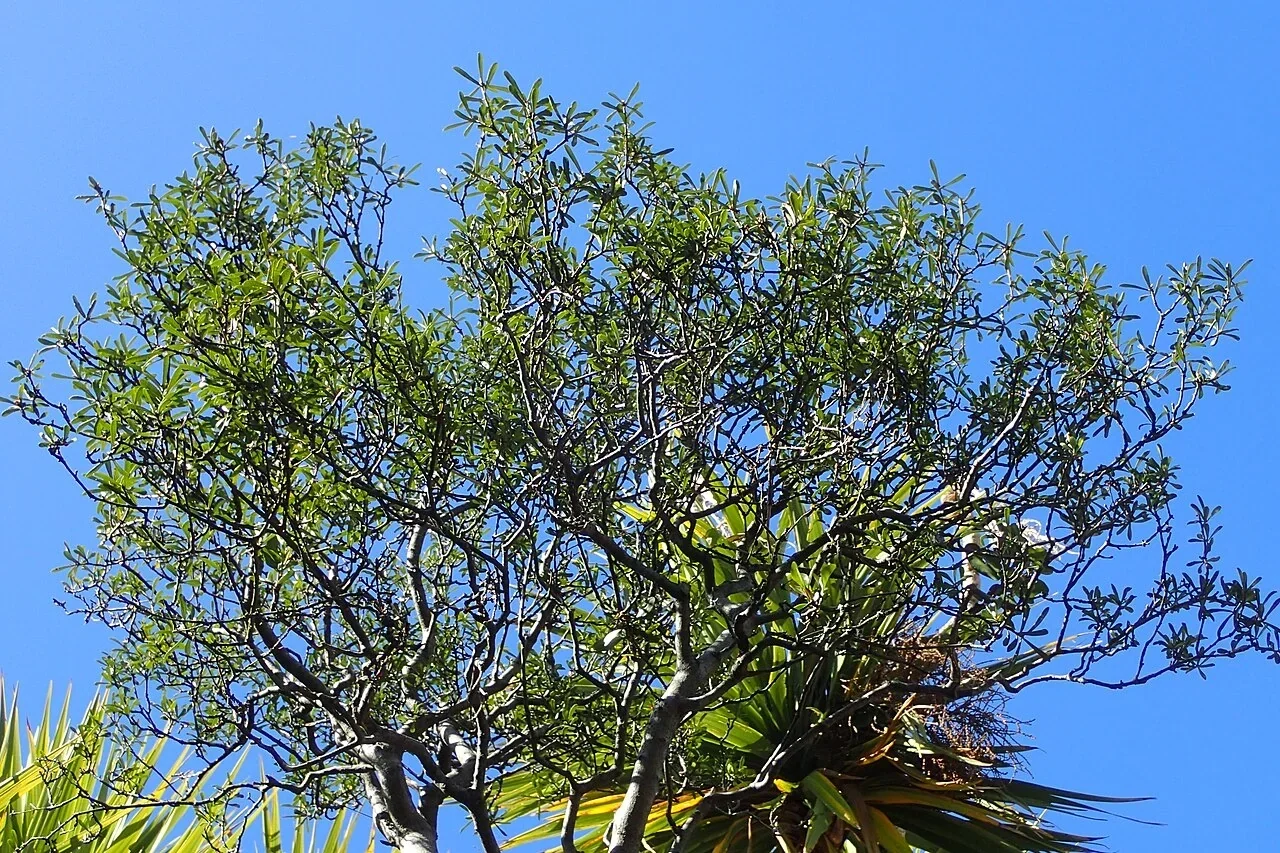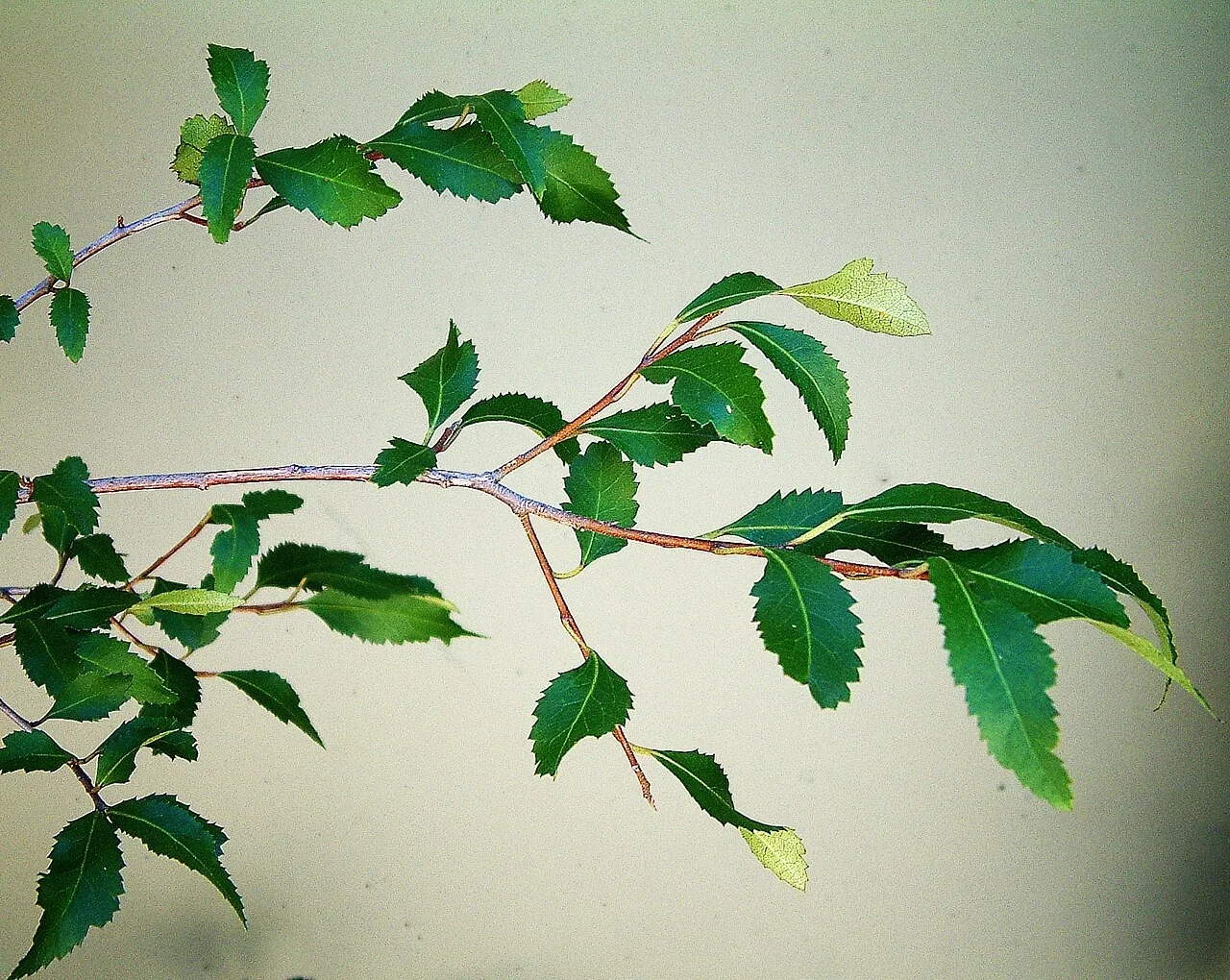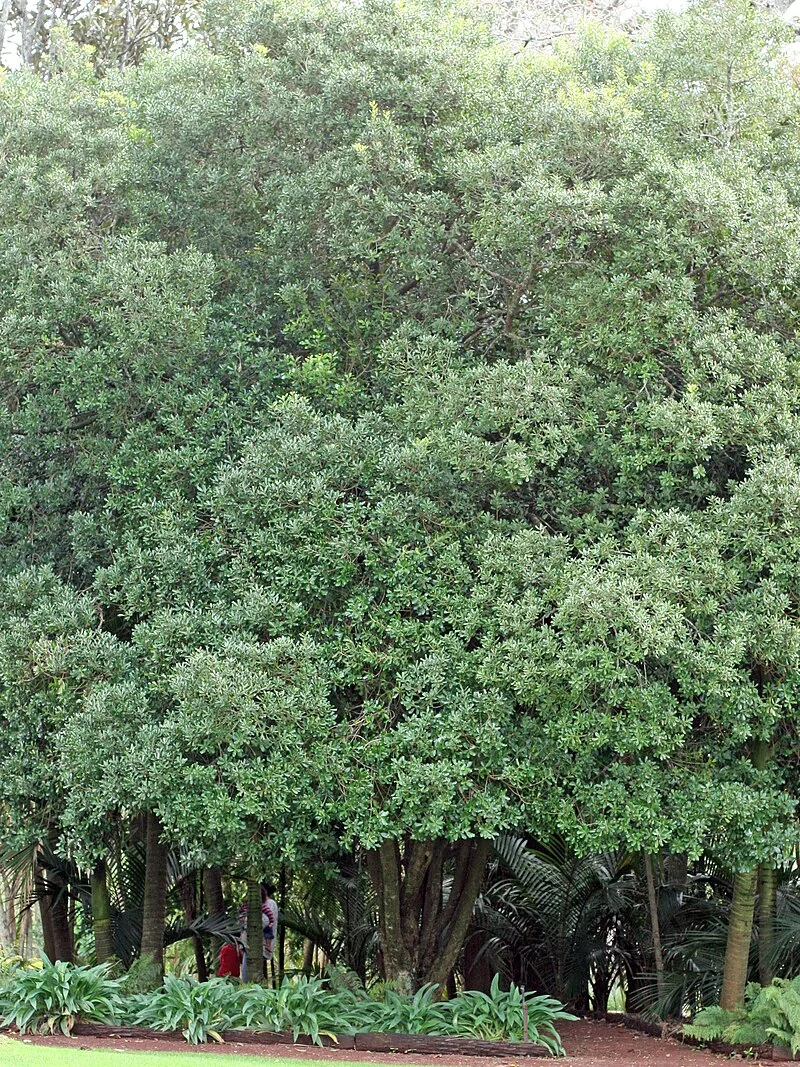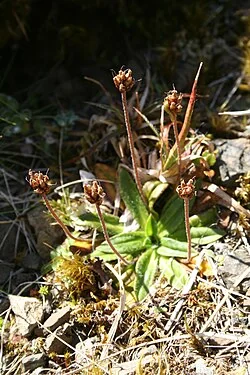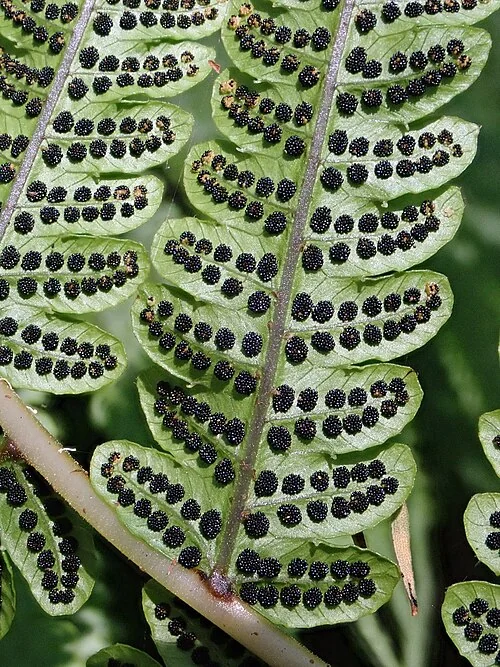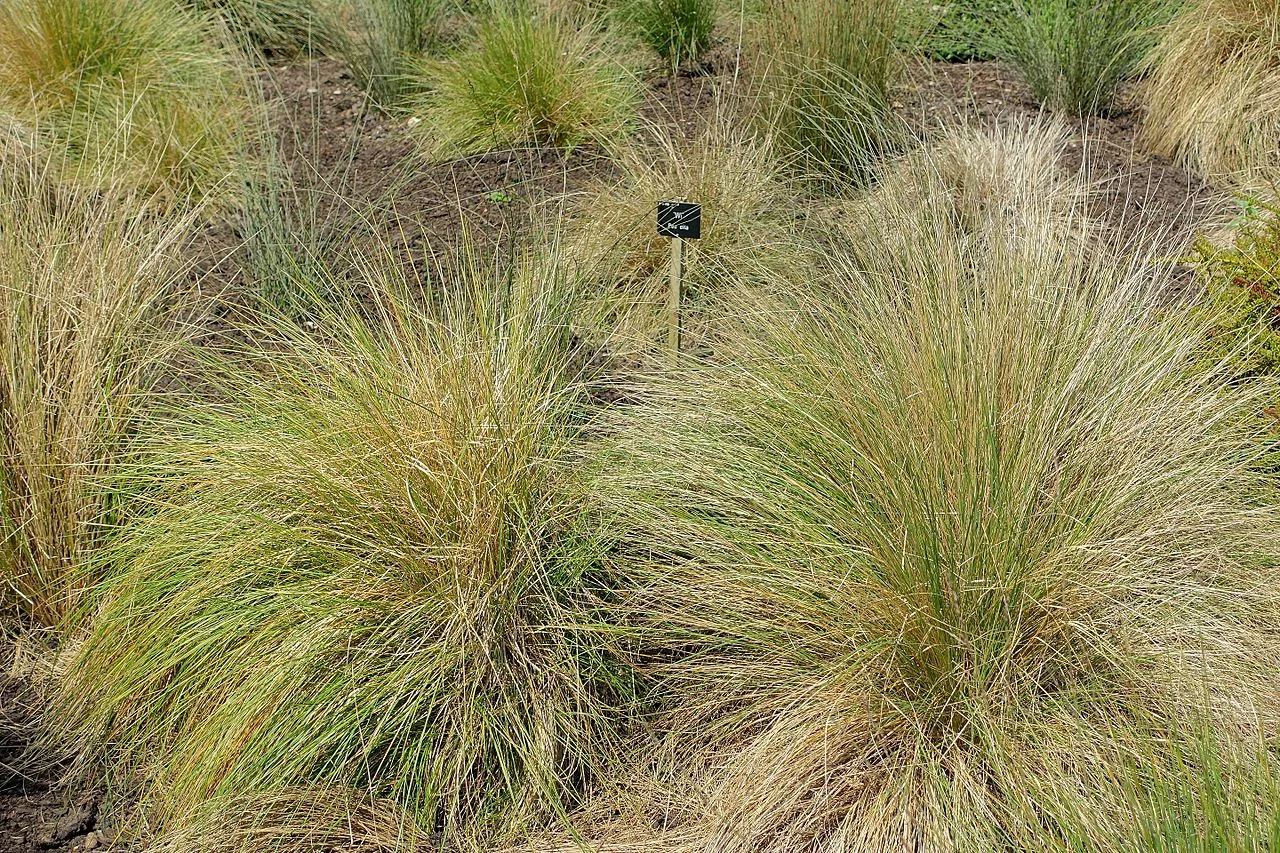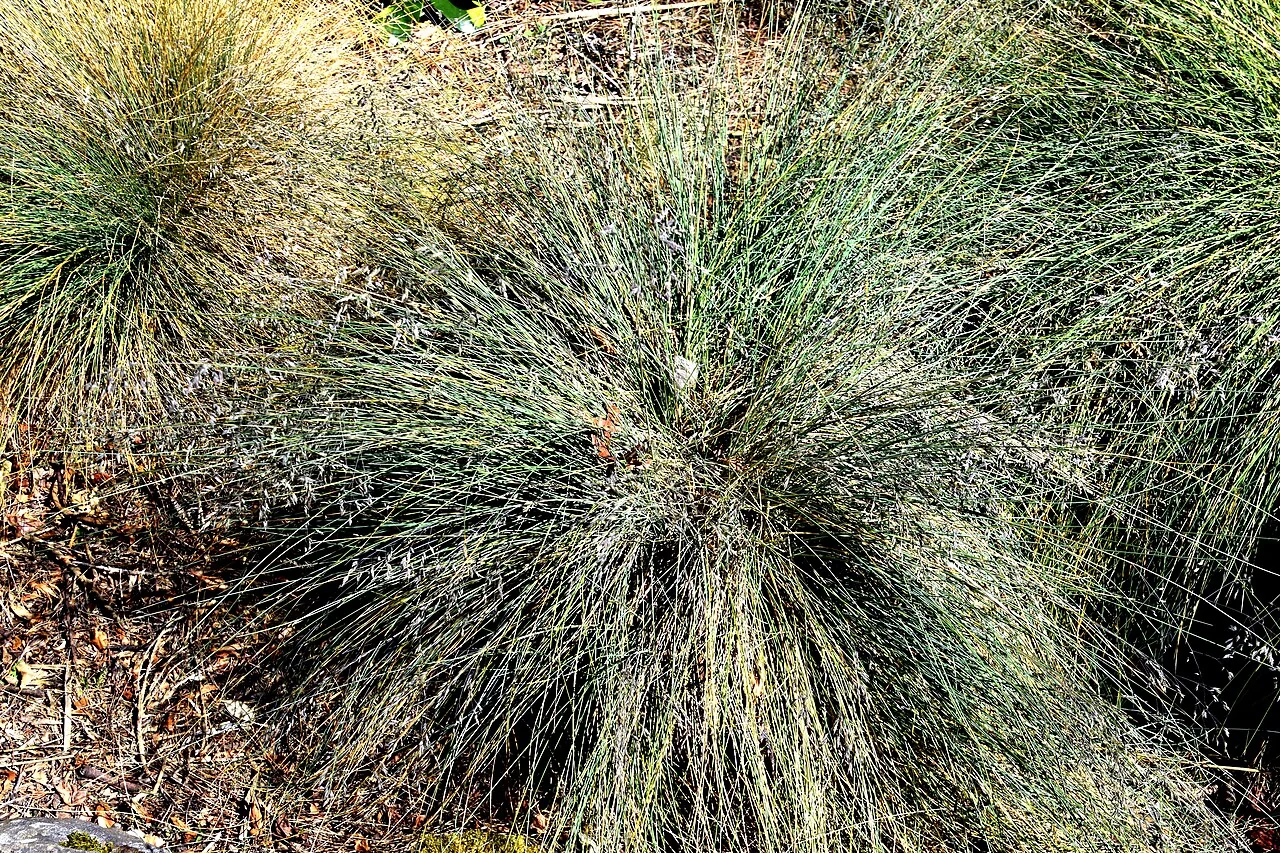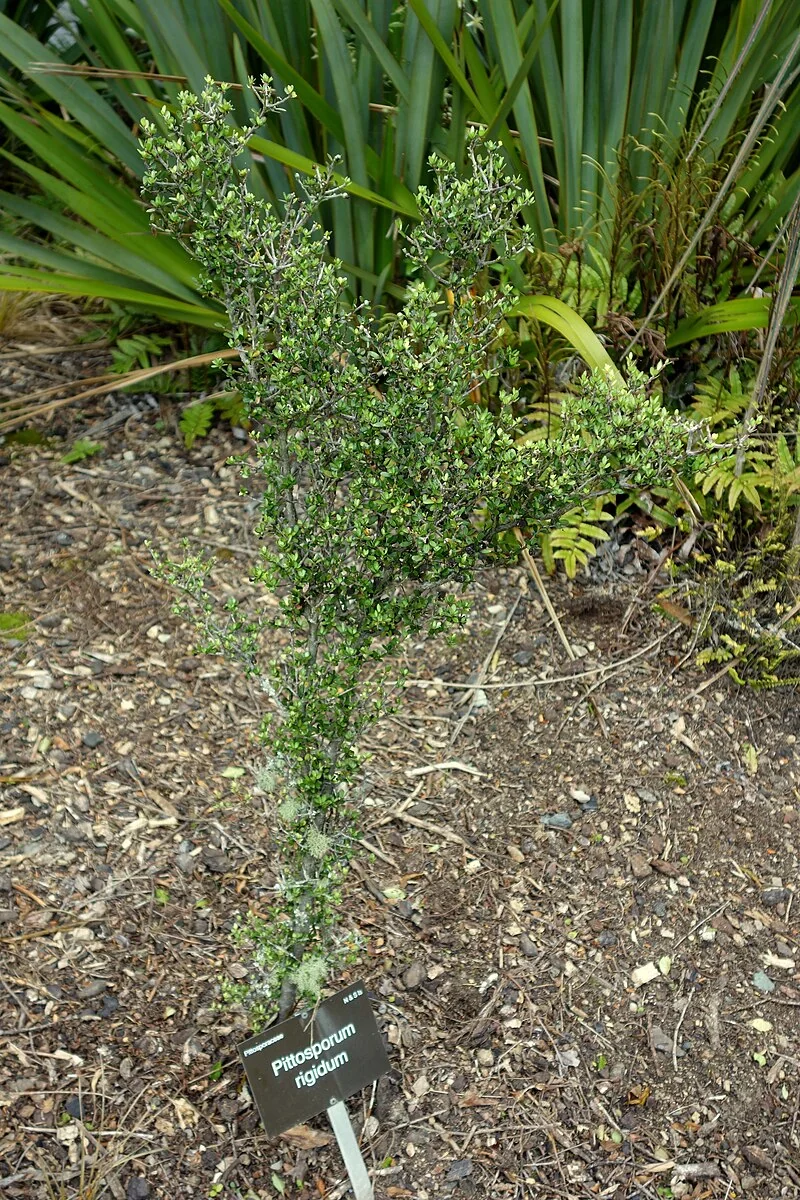
Stiff Pittosporum
Pittosporum rigidum
Pittosporum rigidum, commonly known as Stiff Pittosporum, is a distinctive hard shrub endemic to New Zealand, characterized by its thick, wide-angled pale branches and remarkable morphological variability that showcases the adaptive plasticity of native flora. This robust endemic species develops distinctive small, leathery leaves that vary dramatically from smooth oval forms to deeply-lobed configurations, with rusty or pale fuzz covering the young twigs, creating an attractive textural contrast throughout the year. The species epithet "rigidum" (meaning stiff) perfectly describes both its rigid branching habit and the tough, drought-resistant character that makes it invaluable for challenging garden sites, while its inconspicuous dark red flowers develop into distinctive capsules with uneven surfaces that split to reveal 6-12 glossy black seeds. As a facultative upland species with chromosome number 2n = 24, this versatile pittosporum occupies diverse ecological niches from drier forests to scrubland environments, demonstrating exceptional tolerance for varying moisture conditions while maintaining its conservation status as "Not Threatened" throughout its natural New Zealand range, making it an excellent choice for sustainable native gardening and restoration projects seeking hardy, low-maintenance species with authentic ecological credentials. Learn more in our native plants guide.

Plant Description
Botanical Features
Stiff Pittosporum (Pittosporum rigidum) is a densely branched, hard shrub native to New Zealand, typically growing up to 3 meters tall, though often less. It is characterized by stout, often brownish, wide-angled branches that are clad in ferruginous (rusty) to pale hairs when young. The leaves of juvenile plants are entire to irregularly lobed or rarely pinnatifid. Adult leaves, which can be mixed with semi-juvenile forms, are alternate or in alternate fascicles on short arrested branchlets. They are small (8-10 - 5-8 mm), leathery (coriaceous), elliptic-obovate to broadly elliptic, and can be entire or obscurely sinuate-dentate. The rigid, leathery leaves contribute to its drought resistance. The flowers are axillary and solitary, with ovate, obtuse to acute, ciliate sepals. The petals are very dark red, linear-oblong, and subacute. They are generally inconspicuous. The fruit is a capsule, 5-8 - 5-7 mm, ovoid to subglobose, and subcordate at the base. It is downy when young and finely to rather coarsely granulate. Each capsule splits into two to reveal 6-12 black seeds, though sometimes fewer in stunted plants. Fruiting occurs from October to February.
Quick Facts
Overview
| Scientific Name | Pittosporum rigidum |
|---|---|
| Height | 3-8 m |
| Spread | 2-4 m |
| Light | Full sun to light shade |
| Water Needs | Low to moderate once established |
| Frost | Good |
| Frost Tolerance | Hardy once established |
| Salt Tolerance | Moderate; tolerates coastal conditions |
| Growth Rate | Slow to moderate |
| Lifespan | Long |
Climate Best Suited to
Pittosporum rigidum demonstrates exceptional adaptability across New Zealand's diverse climatic zones as a facultative upland species, naturally occurring from dry forest margins to scrubland environments where it thrives in well-drained soils with moderate fertility. This hardy endemic shrub shows remarkable resilience to climatic variations, performing excellently in both humid coastal conditions and drier inland sites while maintaining its distinctive morphological plasticity. Its natural distribution throughout New Zealand reflects strong tolerance for seasonal variations and challenging growing conditions, making it ideal for gardens seeking reliable native species that require minimal intervention once established.
Regional Suitability
| City | Climate Suitability |
|---|---|
| Auckland | Ideal |
| Wellington | Ideal |
| Christchurch | Good |
| Dunedin | Moderate |
| Whangārei | Ideal |
| Hamilton | Ideal |
| Tauranga | Ideal |
| Rotorua | Ideal |
| Gisborne | Ideal |
| New Plymouth | Ideal |
| Napier | Ideal |
| Whanganui | Ideal |
| Palmerston North | Ideal |
| Nelson | Ideal |
| Invercargill | Ideal |
Natural Habitat
Stiff Pittosporum (Pittosporum rigidum) is a distinctive hard shrub endemic to New Zealand, found on both the North and South Islands. It is typically found in dry forests, scrublands, and along forest margins, particularly in montane areas.
Preferred Conditions:
- Montane and Subalpine: It commonly grows in lower montane to subalpine forest margins, and up to 4000 feet (approximately 1,200 meters) in altitude.
- Rocky Habitats: This shrub is well-adapted to rocky habitats, showcasing its resilience in challenging environments.
- Dry Forests and Scrublands: It thrives in dry forests and scrublands, indicating its tolerance for drier conditions compared to some other Pittosporum species.
Distribution:
- Widespread: Its distribution across both the North and South Islands highlights its adaptability to a range of climatic conditions within New Zealand.
- Specific Regions: It is particularly common in the North Island axial ranges and in north-west Nelson in the South Island.
The morphological variability of Pittosporum rigidum, with its distinctive small, leathery leaves that vary from smooth oval forms to deeply-lobed configurations, further underscores its adaptive plasticity to diverse ecological niches. Its tough, drought-resistant character makes it invaluable for challenging sites.
Plant Conservation
Pittosporum rigidum is currently classified as "Not Threatened" in its conservation status. This classification has been consistent across several assessments, including in 2004, 2009, 2012, and most recently in 2017. It is an endemic vascular plant to New Zealand.
Growing Requirements
Soil
Well-drained, moderately fertile soils; avoid prolonged waterlogging.
Light
Performs in full sun to partial shade depending on species.
Water
Keep evenly moist while establishing; reduce irrigation as roots develop.
Temperature
Hardy in most regions of Aotearoa once established.
For Stiff Pittosporum (Pittosporum rigidum), choose a site with full sun to light shade and soil that is well-drained, moisture-retentive. Incorporate composted organic matter to improve structure and drainage. Plant with the crown or root collar at soil level, then apply a 5-8â¯cm mulch to moderate temperature, conserve moisture, and suppress weeds. Protect young plants from extremes while establishing and consider the stated frost tolerance (seasonal) when siting near exposure or cold air drains.
Planting Guide
Stiff Pittosporum is a resilient and distinctive native New Zealand shrub, valued for its hardiness and unique architectural form. While it is naturally uncommon, its adaptability to challenging sites makes it a rewarding plant for sustainable landscaping and restoration projects. Proper planting and care will ensure this unique shrub thrives in your garden.
1. Best Time to Plant:
The best times to plant Pittosporum rigidum are from mid-autumn until late spring. This allows the plant to establish its roots before the stresses of summer heat and dryness. If planting in summer, ensure consistent watering.
2. Location and Soil:
- Sunlight: This shrub thrives in full sun to partial shade. For the best growth and form, a sunny spot is ideal.
- Wind Protection: While hardy, it benefits from some shelter from strong winds, especially when young.
- Soil: Pittosporum rigidum prefers free-draining soil rich in organic matter. It is tolerant of a range of soil types, but clay soils or poorly drained sites should be avoided as they can lead to root rot. Amend the soil with organic matter such as garden compost or well-rotted manure to improve moisture retention and drainage.
- Container Planting: For containers, use a peat-free compost with added John Innes, or a 50:50 mix of John Innes No. 3 and peat-free multipurpose compost. Repot into a slightly larger container every two to three years in spring as roots fill the pot.
3. Planting Steps:
- Prepare the Area: Dig a hole that is twice the width of the root ball and as deep as the plant was in its original pot.
- Amend Soil: Mix compost and sheep pellets into your existing soil at a 50/50 ratio, along with a general fertilizer if needed.
- Planting: Gently remove the plant from its pot. Backfill the hole so the top of the plant's roots are level with the surrounding ground.
- Firm and Water: Gently firm the soil around the base of the plant and water thoroughly with an organic garden booster.
- Clay Soil: In heavy clay soils, consider planting on a raised mound and adding gypsum clay breaker to the bottom of the hole to improve drainage.
4. Watering:
- Newly Planted: For the first two months after planting, water newly planted Pittosporum rigidum 3-4 times a week.
- Establishing Plants: During the first year, consistent watering is essential, especially in dry spells during spring and summer, to help the roots establish.
- Mature Plants: Once established, Pittosporum rigidum is drought-tolerant and requires less frequent watering, though it will benefit from watering during particularly dry summer periods. Water less in winter, allowing the topsoil to dry between sessions.
5. Fertilizing:
- General: Pittosporums in borders generally require little regular feeding.
- Spring Application: If soil nutrient levels are low or the shrub is struggling, apply a balanced, slow-release fertilizer (e.g., 8-8-8) in spring. Use the lowest concentration to prevent over-fertilization. Apply when the soil is moist for best absorption.
- Foliar Feeding: Liquid fertilizer can be used in spring, summer, and autumn for an extra boost or to correct yellowing leaves.
6. Pruning:
- Timing: Prune in early spring to shape the plant and remove any dead branches to encourage healthy growth and air circulation.
- Maintenance: Light trims after flowering can help maintain vigor. Avoid heavy pruning to reduce stress on the plant.
- Hedges: For hedging, space plants 40-50 cm apart. Hedges can be pruned from mid-spring to late summer, with the last cut in late summer.
- Hard Pruning: Overgrown shrubs can be pruned hard in spring to encourage new growth.
Ecosystem Notes
- Function: Dense twiggy canopy offers shelter for small birds and invertebrates.
- Tolerance: Handles wind and periodic drought on rocky, free-draining slopes.
- Associates: Occurs with other divaricating shrubs and open forest margins.
Uses and Significance
Garden and Restoration
Stiff Pittosporum excels as an exceptional native species for challenging garden sites, offering remarkable drought tolerance once established while providing year-round structural interest through its distinctive thick, pale-angled branching and variable leathery foliage. This hardy endemic is particularly valuable for sustainable landscaping projects, restoration work, and as screening or shelter planting where its tough constitution and low maintenance requirements make it ideal for extensive plantings or difficult sites with limited irrigation access.
- Exceptional drought tolerance with distinctive thick, pale-angled branching architecture
- Outstanding for shelter belts, screening, and challenging sites with poor soils
Raise Stiff Pittosporum from seed collected when ripe, or by semi-hardwood cuttings set under intermittent mist. Use sharp, disease-free material and maintain moderate warmth and bright, indirect light for rooting.
Landscaping Ideas
Architectural Texture
- Screening: Use as a low-water, low-maintenance screen in dry gardens.
- Contrast: Pair its pale, rigid branchlets with fine grasses and hebes.
- Wind-exposed sites: Suits poor, stony soils with excellent drainage.
Seasonal Care Calendar
Spring
- Plant and mulch
- Protect new growth from weeds
Summer
- Deep watering in drought
- Monitor pests
Autumn
- Light formative pruning
- Top up mulch
Winter
- Plant eco-sourced stock
- Stake in windy sites
Pruning and Maintenance
Techniques and Timing
Generally minimal; formative work when young and removal of damaged wood.
Prune Stiff Pittosporum lightly to maintain structure; remove damaged shoots and avoid hard cuts on older wood.
How to Grow Stiff Pittosporum
Stiff Pittosporum is a distinctive hard shrub endemic to New Zealand, characterized by its thick, wide-angled pale branches and remarkable morphological variability. This robust endemic species develops distinctive small, leathery leaves that vary dramatically from smooth oval forms to deeply-lobed configurations, with rusty or pale fuzz covering the young twigs, creating an attractive textural contrast throughout the year. Understanding its propagation methods is key to successfully growing this unique species.
From Seed
Propagating Stiff Pittosporum from fresh seed is a viable method, though the sticky coating around seeds should be removed as it acts as a germination inhibitor. Collect ripe capsules when they split (January-April). Extract black seeds and remove sticky coating thoroughly. Sow fresh seeds immediately in a well-draining seed-raising mix. Maintain consistent moisture in the seed tray and provide bright, indirect light. Germination may be slow, so patience is required. Transplant seedlings once they are large enough to handle.
From Cuttings
Semi-hardwood cuttings are a reliable method for propagating Stiff Pittosporum, ensuring that new plants retain the exact characteristics of the parent. Take 10-15 cm cuttings from current season's growth in late summer to early autumn. Select semi-hardwood material (not too soft, not fully hard). Remove lower leaves, keeping 2-3 leaves at the top. Dip in rooting hormone for better success rates. Plant in a well-draining propagation mix. Maintain humidity and provide bright, indirect light. Roots typically develop within 6-12 weeks. Once rooted, the new plants can be potted on and grown in a sheltered environment until they are ready for planting.
Pests and Diseases
Resilient in Lean Conditions
- Root rot: Avoid heavy, saturated soils; plant on mounds if drainage is marginal.
- Scale: Occasionally on sheltered stems; treat with horticultural oil.
- Wind scorch: Young plants may scorch in hot, dry winds; mulch and temporary shelter help establishment.
Cultural Significance
While Pittosporum rigidum is a shrub native to New Zealand, specific cultural significance directly attributed to Pittosporum rigidum is not detailed in the available sources.
However, other species within the Pittosporum genus hold cultural importance, particularly for the Māori people in New Zealand:
- Fragrance and Oils: The fragrant leaves, flowers, and gum of Pittosporum eugenioides (Tarata) and Pittosporum tenuifolium (Black Matipo) were traditionally used by Māori. They were crushed and mixed with bird fat to create fragrant oils for anointing the body and hair.
- Adhesive and Breath Freshener: The gummy resin from the bark of Pittosporum eugenioides was rolled into balls and used as a long-lasting, refreshing chew, and also as a natural adhesive. It was believed to freshen breath. Resins from P. tenuifolium were also mixed with gums to treat oral sores and foul breath.
- Medicinal Uses: More broadly, Pittosporum species have been used in traditional medicine in various countries. For instance, Pittosporum seeds are used as sedatives and cough treatments in traditional Chinese medicine. In India, the leaves, barks, roots, and flowers are used for dental hygiene, and as anti-inflammatory and antiseptic treatments for rheumatic diseases. Australian Pittosporum species are used to stimulate lactation or treat bruises, sprains, cramps, coughs, colds, and pruritus.
Bonus Tip
Stiff Pittosporum is an example of a "divaricating shrub," meaning it has a dense, tangled, and often stiff branching habit. This characteristic can make it easily mistaken for other similar-looking tangled shrubs found in subalpine forests and scrublands until its flowers or seed capsules appear.
